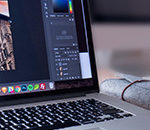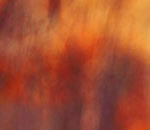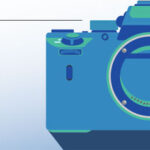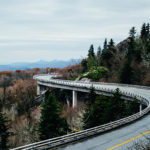Less than a year ago, a scientific milestone had us glued to our computer screens and TV sets as it was unfolding. It was the landing of the Curiosity Rover on Mars and, thanks to modern technological advancements, we had the privilege to see it in real-time. The rover’s goals are to analyze the Martian climate and geology and its onboard instrumentation includes an array of cameras capable of taking both stills and video. Justin Maki, the project’s Engineering Camera Team Lead, gives us an overview of the Curiosity’s cameras below:
The Curiosity Rover has 17 cameras, the most of any Mars rover. The cameras have the following designations:
- MARDI – Mars Descent Imager, as the name implies, took photos during the landing on Mars.
- MAHLI – Mars Hand Lens Imager located at the end of the arm. Takes hi-res color closeups.
- HazCams – 8 hazard avoidance cameras take photos of the terrain near the wheels.
- NavCams – 4 navigation cameras take photos used to drive the rover.
- MastCams – 2 mast cameras take color images for geology investigation.
- ChemCam – Chemisty and Camera complex, a laser instrument to analyze rock and soil.
Justin goes on to discuss that the engineering cameras (HazCams, NavCams) have 1 megapixel black-and-white sensors while the science cameras (MAHLI, MastCams) have 2 megapixel color sensors. He also explains how the limited downlink means that the team would rather have the rover shooting many still photos rather than a few videos each day. The clip saves its best for last as it shows how the rover is able to get a self-portrait without getting its robotic arm in the frame through clever camera positioning and multiple image-stitching.
Extraterrestrial selfie? Just another day in the office for the world’s most remote shutterbug.
Like This Article?
Don't Miss The Next One!
Join over 100,000 photographers of all experience levels who receive our free photography tips and articles to stay current:







Leave a Reply